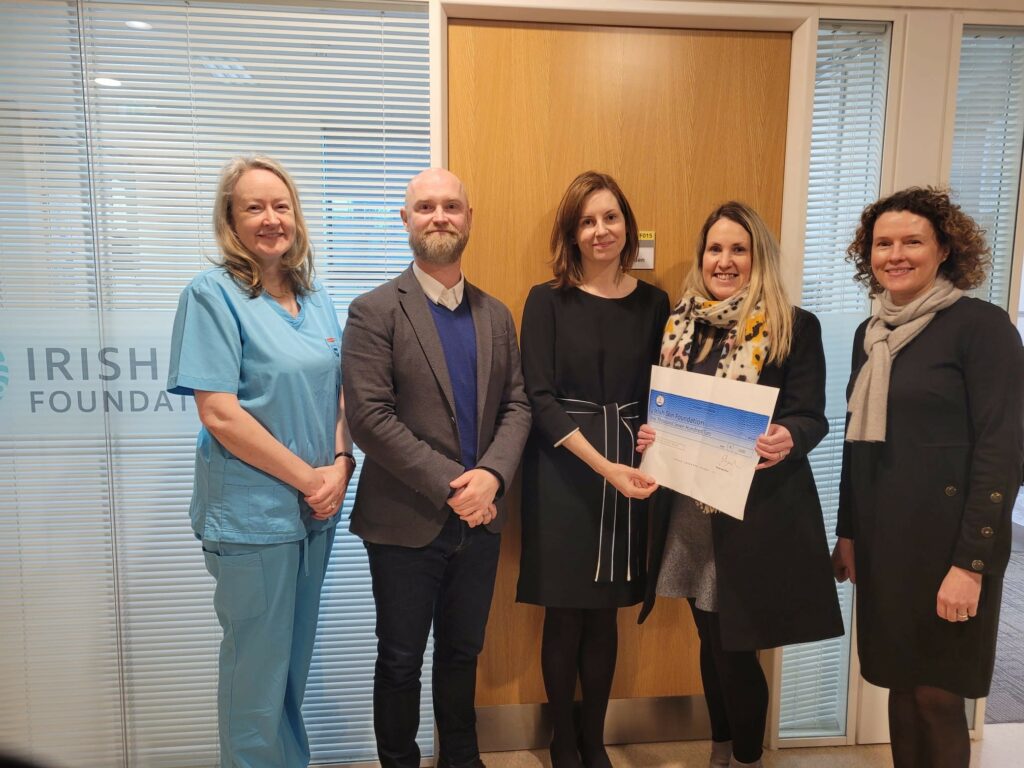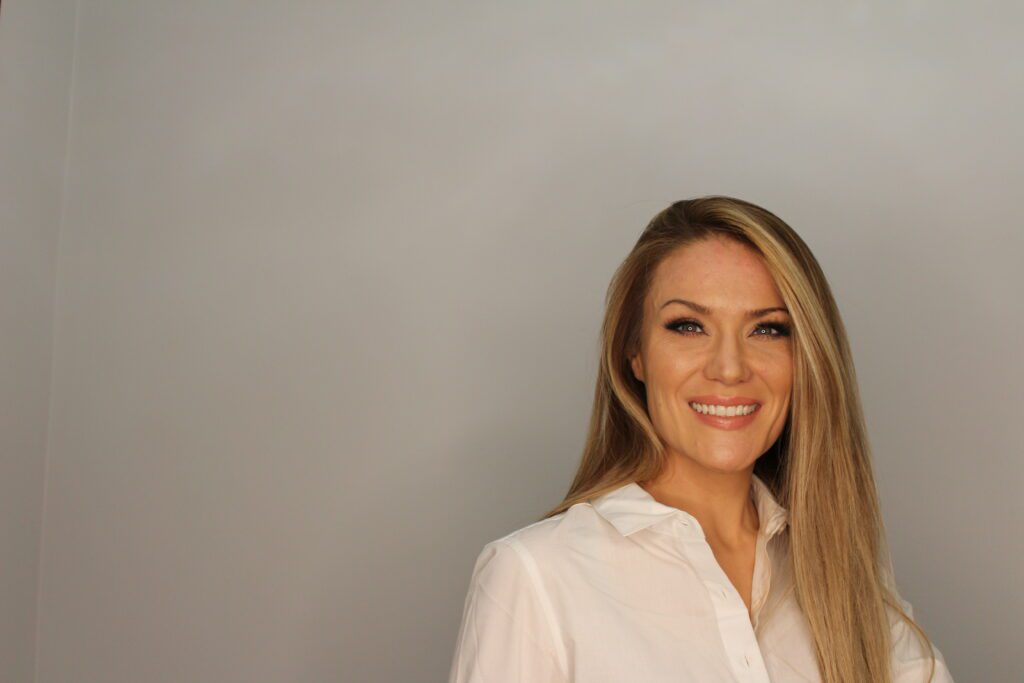It is important that we remember that the levels of Ultraviolet (UV) radiation from the sun start rising in Ireland from April, and protection from the damaging effects of UV is very important.
Many people have the idea that the Irish sun does not cause skin cancer; that it is the hot sun in Spain and Portugal that causes the problem. It is in fact the same sun in the sky, with the same risks of causing skin cancer, even on cloudy days!
Ultraviolet (UV) radiation from the sun is the major risk factor for developing skin cancers1.
Organ transplant recipients are at a greater risk of developing a skin cancer due to the essential immunosuppressant medication needed to prevent rejection of the transplanted organ. Skin cancers are the most frequent malignancies associated with post-transplantation immunosuppression2.
Therefore, it is hugely important that transplant recipients protect their skin from the sun.
Summary
The sun in Ireland is the same as the sun abroad in Portugal or Spain, with the same risks of causing skin cancer, even on a cloudy day! Organ transplant patients are at a greater risk of developing skin cancer, making it hugely important transplant recipients protect their skin from the sun.
Transplant recipients should attend a dermatologist for a full skin examination annually. The dermatologist may detect precancerous lesions and skin cancers before they become obvious to you.
When skin cancer is found early, it can usually be treated more easily.
It is important to realise that the risk of skin cancer can be reduced by good sun protection. Skin cancer can be detected early by knowing your skin and regularly checking the skin for any new lesions or changes in lesions.
- Related: What is solar UV radiation?
- Related: No sunscreen can provide 100% UV protection
Protect your skin
Sun protection starts with regular use of protective clothing, seeking shade, and for additional protection, the daily frequent application of sunscreen to exposed areas.
Sun Protection Factor (SPF) 50+ is recommended. It is important to use a sunscreen that protects against UVA and UVB rays. These sunscreens are usually branded “broad spectrum”. Sunscreen should be applied 20-30 minutes before going outside, and should be reapplied every 2 hours.
Reapply SPF after exercising, swimming, sweating or towel drying. Even “water-resistant” sunscreens need to be reapplied.
Something that surprises people is when they hear that UVA can penetrate windows/windscreens and can cause damage to the skin. Remember if you drive a lot, or if you are in an office beside a window all day you may be accumulating sun damage. So, apply SPF to the exposed areas such as the hands, face and arms if driving or sitting for the day by a window3.
Summary
Skin cancer found early can be treated more easily… transplant recipients should attend a dermatologist for a skin examination once a year and regularly check skin for any changes.
Skin cancer found early can be treated more easily… transplant recipients should attend a dermatologist for a skin examination once a year and regularly check skin for any changes.
Most people do not apply enough sunscreen. It is important to apply plenty of SPF – for it to be fully effective:
You should apply at least one teaspoon to each body part.
(Approximately 35g for face and body)
- Head/face/neck
- Each arm
- Each leg
- Your front
- Your back
Unfortunately sunscreen can be expensive. Thankfully, organ transplant recipients that have a medical card can get their sunscreen on the medical card prescription.
Sunscreen is frequently under-used, for example if you are applying adequate amounts of sunscreen to the arms and face, neck and ears you would apply approximately 60mls per day. This equates to: 5mls to face, neck and ears, and 5mls to each arm = 15mls; reapplied every 2hours = approximately 4 applications in the day = 60mls. If applying sunscreen to the whole body = 35ml per application x 4 = 140mls per day.
No sunscreen can provide 100% protection. It should be used alongside other protective measures such as clothing and shade.
Sun-protective clothing and hats are a safe and reliable way to get long-lasting protection throughout the day. Be extra cautious around water, sand, and snow as the UV rays can be reflected.
Seek shade, particularly around the midday hours when UV rays are strongest, typically between 11 am and 3pm.
Never ever use sunbeds.
Summary
No sunscreen can provide 100% UV protection – it should be used alongside other protective measures such as clothing and shade. Most people do not apply enough sunscreen, a teaspoon is needed for each part of the body – head/face/neck, each arm, each leg, torso, back – and needs to be reapplied every 2 hours!
Inspect and know your skin
In addition to performing good sun protection, it is important to examine your own skin once a month. Ideally, ask a partner or a friend to look at areas that are difficult for you to see. Otherwise, you may need to use a mirror to inspect these areas. In this way, any worrying spots or changes that may arise can be detected and treated early. Observe your skin for any pink scaly lesions, any pink lumps or bumps, any sores that do not heal, any painful lesions or any change in moles and freckles.
If you have lots of moles, it can be useful to take a photograph to compare any changes. Sometimes it is difficult to remember the colour, size or shape, or whether it is new. Check your whole body, from head to toe. You will often be the first person to detect a new or changing skin lesion.
Visit your doctor if you have a changing mole, painful lesion, red or scaly patches, bleeding or scabbed spots, or sores that are not healing.
Remember the 5 ‘Ss’ of sun safety:
- Slip on clothing: Cover skin as much as possible e.g. wear long sleeves, collared t-shirts, clothes made from close-woven material that does not allow sunlight through.
- Slop on broad-spectrum (UVA/UVB) sunscreen with a sun protection factor (SPF) of at least 30+ for adults and 50+ for children, with high UVA protection, and water resistant. Reapply regularly.
- Slap on a hat with a wide brim: Protect your face, ears and neck.
- Slide on sunglasses with UV protection: Guard your eyes from harm.
- Seek shade: Sit in cover of trees, canopy or umbrella to avoid direct sunlight. Keep babies and children out of direct sunlight.
References
1.Kellera , B., Braathena , L.R., Martib ,H-P., and Hungera, R.E. (2010). Skin cancers in renal transplant recipients: a description of the renal transplant cohort in Bern. Swiss Medical Weekly. 140:w130362.
2.Mudigonda, T., Levender, M. M., O’Neill, J., West, C., Pearce, D.J., and Feldman, S. (2013). Incidence, Risk Factors, and Preventative Management of Skin Cancers in Organ Transplant Recipients: A Review of Single-and Multicenter Retrospective Studies from 2006 to 2010. Dermatologic Surgery 39:345–364
3. Kim, D. P., Chabra, I., Chabra, P. and Jones, E. C. (2013) Sunscreen use while driving, Journal of the American Academy of Dermatology 68(6) 952-956
We want everyone in Ireland to learn to Protect & Inspect their skin!
Click for more about Protect & Inspect!













